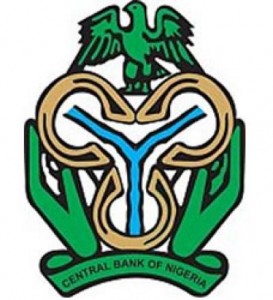As expected the Central Bank of Nigeria’s rate-setting committee (the Monetary Policy Committee – MPC), after its Monday meeting, left its policy rate unchanged at 12%.
The consensus view of a majority of commentators on the economy ahead of this meeting was that the policy rate was going to remain on hold, in order to allow full pass through to the economy of the CBN’s non-accommodative monetary policy stance. The apex bank has tightened its overnight rate at every meeting of the rate-setting committee this year. Concerns were also expressed ahead of the meeting about which transmission route was the more worrisome: exchange rates, or interest rates? And with interest rates having moved into positive territory for the first time in a long while, it was understandable that the markets’ focus should shift to the exchange rate.
A relatively low (at least in recent times) foreign reserve portfolio, falling crude oil prices on the domestic market, and unrelenting demand pressure for the greenback in the local markets were the main causes for concern before the one-day meeting on Monday.
Still, it was surprising that the MPC “decided” to “adjust the mid-point of (the) target official exchange rate from N150.00/US$1.00 to N155.00/US$1.00 and maintain the band of +/-3.0 per cent”. For truth be told, the exchange rate of the naira is not one of the “prices” included in the MPC’s “price stability” remit. It is a decision more appropriate to the CBN’s Committee of Governors. Indeed, the relevant act puts it this way: “In consultation with the Board, the Governor and Deputy Governors shall be responsible for devising suitable mechanism to determine rates of exchange at which the Bank shall buy and sell foreign currencies”.
So why did the MPC verge on the illegal? Because the CBN has increasingly fewer (and credible) channels of communicating policy intent to the markets? This would be worrying. Since such communication is a critical part of the process of anchoring market expectations regarding monetary policy direction, channels that do not lend themselves to believability invite high levels of rate volatility as the markets try to second-guess the regulator.
So one would have ordinary responded to the CBN by asking that they go about developing stronger (and outside, of the MPC, at least) channels for communicating policy direction. Except that in this particular case, the decision to move the “mid-point” had actually been made and announced by the CBN Governor, long before the MPC meeting.
Now which should we be more concerned about? The MPC as communication channel for policy initiatives that it has no control over? Or the MPC as rubber-stamp?
